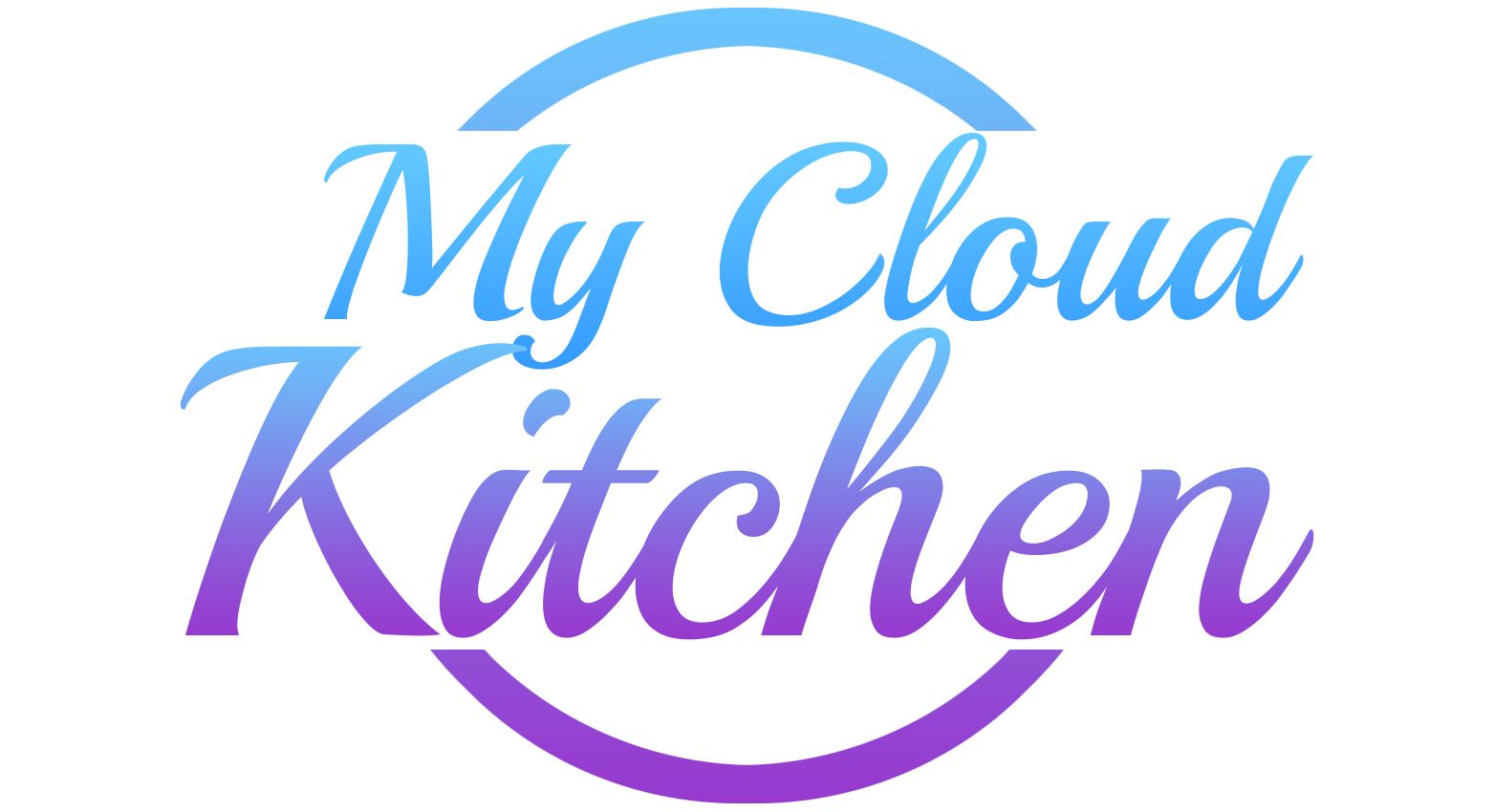
Rice and quinoa are gluten-free
and high in fiber, protein, and amino acids. However, some rice varieties are
healthier than others, and quinoa is slightly more nutritious (and more
expensive) than even the healthiest rice. Continue reading to learn more about
the nutritional profiles and health benefits of quinoa and rice.
Quinoa: Nutrition Facts and Health Benefits
Although technically a seed, quinoa is classified as a
pseudocereal because it can be cooked and eaten in the same way as whole
grains. Quinoa is a gluten-free grain that is high in nutrients. Here's a
closer look at the nutritional value and health benefits of quinoa:
Quinoa contains all of the essential amino acids. It
contains all nine essential amino acids that your body requires for vital
processes such as immune function, nutrient absorption, and tissue growth.
Quinoa is high in nutrients. These tiny seeds are
nutrient-dense powerhouses that are high in antioxidants and minerals that
promote health, such as calcium, magnesium, phosphorus, potassium, and others.
Quinoa has a high fiber content. Quinoa has five grams of
dietary fiber per cup, which is an important nutrient for lowering cholesterol,
preventing cardiovascular disease, controlling blood sugar levels, and
promoting regular bowel movements.
Quinoa is gluten-free. Quinoa is one of several
gluten-free whole grains that are a safe and healthy choice for people who have
celiac disease or gluten sensitivity.
Nutrition Facts and Health Benefits of Rice
Rice is a cereal grain that comes in over 10,000 varieties.
Jasmine rice and basmati rice are two of the most common types of rice. Most
rice is short-grain or long-grain, with a brown, red, or black bran layer. When
the nutritious bran and germ of brown rice are removed, only the starchy
endosperm remains” white rice. White rice has a longer shelf life but less
nutrients. Here's a closer look at the nutritional value and health benefits of
brown rice:
Brown rice can help with blood sugar control. Brown rice has
a low glycemic index, which is beneficial for people who have type 2 diabetes.
Brown rice is a good source of fiber. Brown rice
contains a lot of fiber, which can help prevent heart disease and lower blood
pressure.
Brown rice is high in essential nutrients. Brown rice is
high in B vitamins such as niacin, riboflavin, and folate. It also contains a
lot of manganese, manganese, and selenium.
Brown rice is gluten-free. Brown rice is gluten-free,
despite its chewy texture, making it suitable for those with gluten sensitivity
or celiac disease.
Key Differences Between Quinoa and Rice
Rice and quinoa are both good choices for a healthy diet,
whether eaten as a side dish or as part of the main course. Some types of rice,
however, are more nutritious than others, and quinoa ranks higher on several
nutrition metrics. Here's a breakdown of their distinctions:
Nutrient content: Although both brown rice and quinoa
contain amino acids, quinoa comes out on top. Quinoa is a complete protein, so
it contains more of what your body requires to function optimally.
Carbohydrate levels: White rice contains fifteen times
as many carbohydrates as quinoa. However, the carbohydrate content of brown
rice and quinoa is comparable.
Fiber content: Quinoa contains more fiber than brown rice.
In comparison to brown rice, one cup of cooked quinoa contains about 20% of the
recommended daily value of fiber.
Protein content: Brown rice and quinoa are both high in
protein. Quinoa, on the other hand, has roughly twice the protein content of
brown rice.
Taste: The flavor of rice varies greatly from variety to
variety. Brown rice and quinoa, on the other hand, have a subtle nuttiness and
earthy flavor profile.
Texture: Rice is much more substantial than quinoa and has a
pleasantly chewy texture. Quinoa, on the other hand, has a more uniform
consistency and is lighter on the palate. It also expands less when cooked.



















